From Robert A. Blaylock of Virginia Institute of Marine Science (VIMS) (thirty years ago!) is a pretty fun guide to look through if you’re into historical documents. Yes, that would be me. It is not very up to date on endangered species listing, but was does a fantastic job setting out on its intention “To aid citizens in identification, this guide describes the natural history of marine mammals. This guide is organized by taxonomic orders and families; within a subfamily, species are listed by their frequency of appearance in Virginia waters. Space limits descriptions of the species’ habitats and distributions to the western North Atlantic.”
Find more Marine Mammal Monday here!


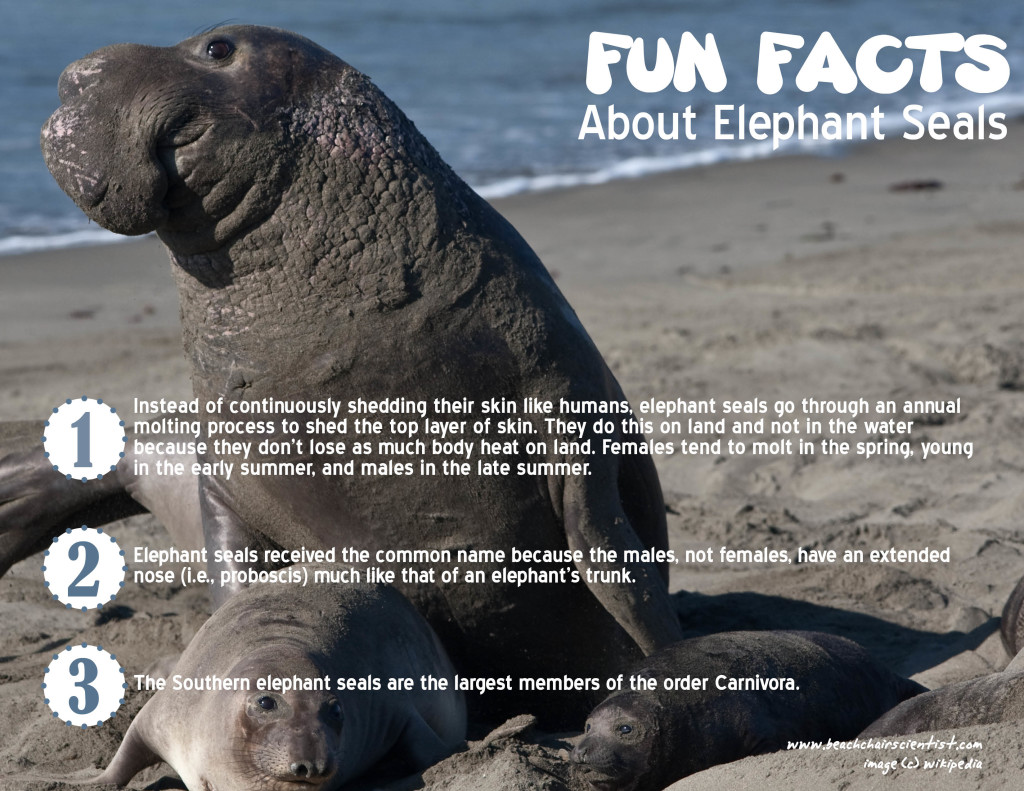
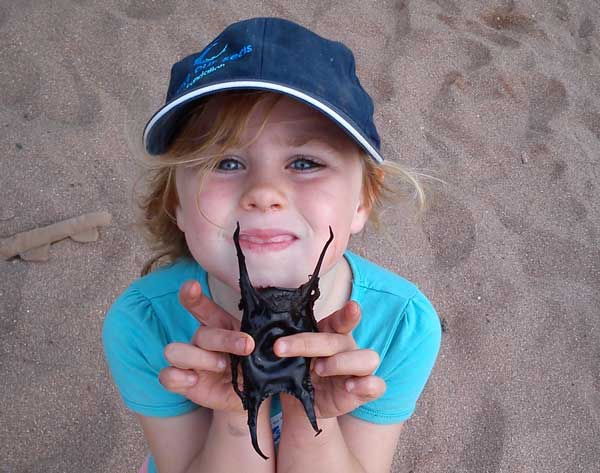
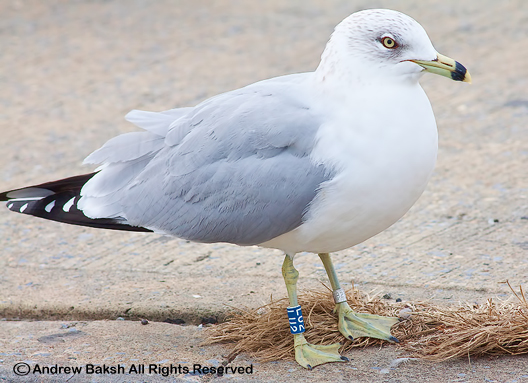
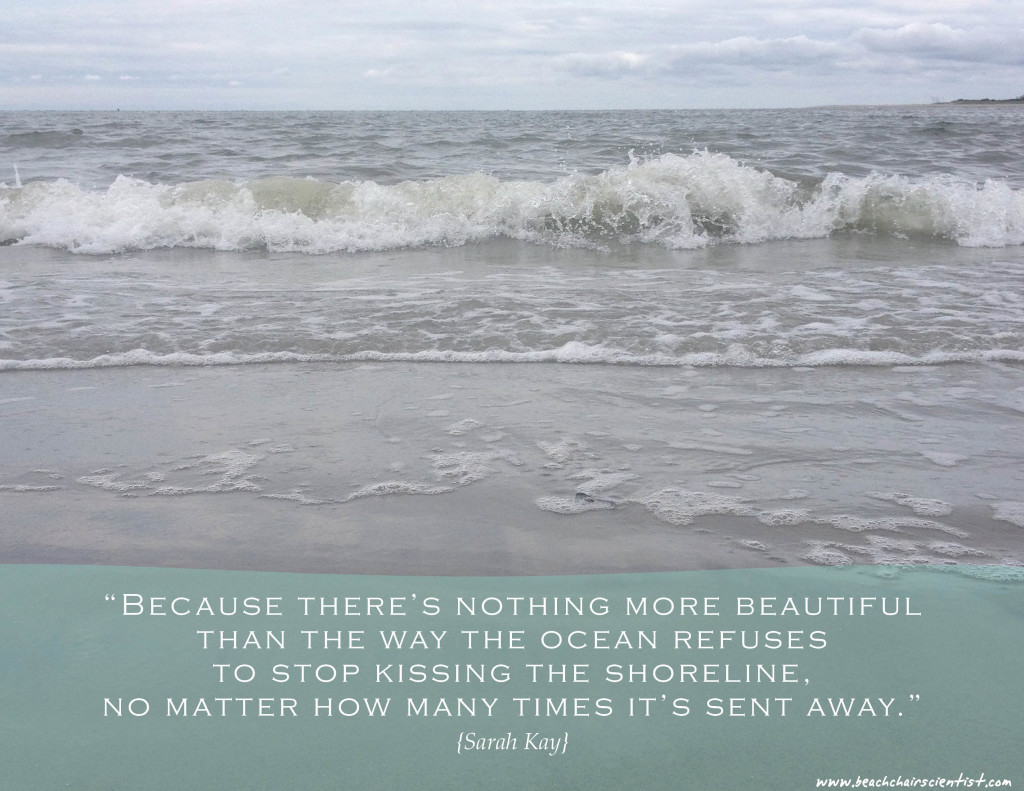
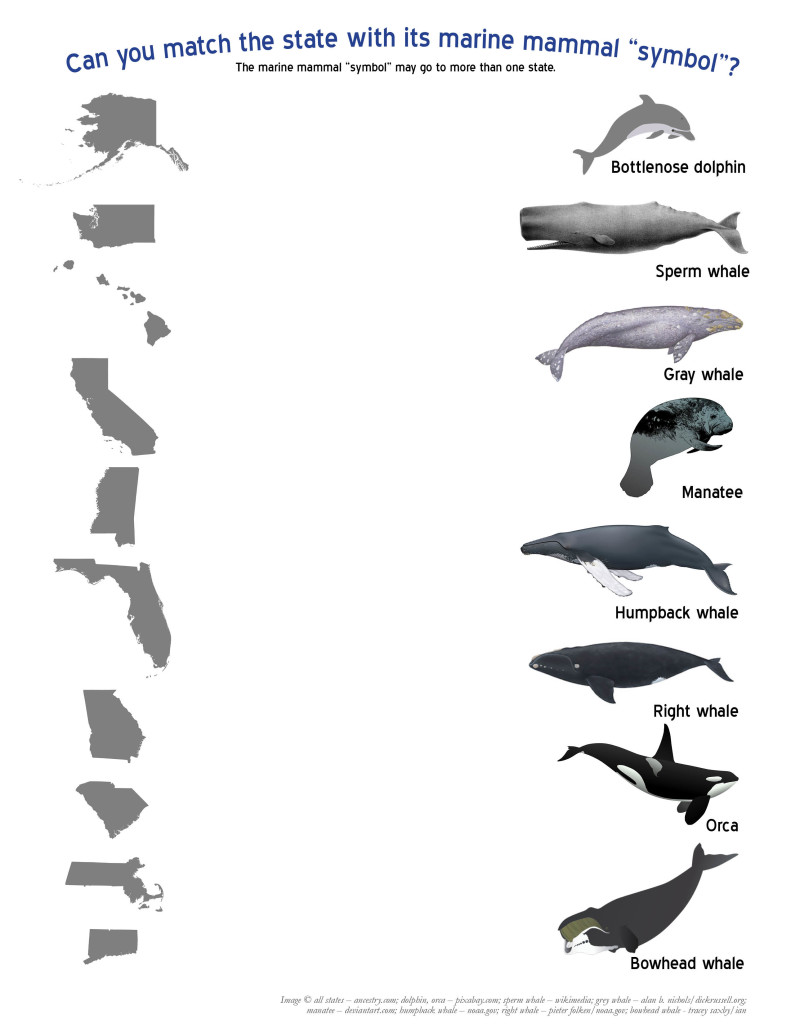

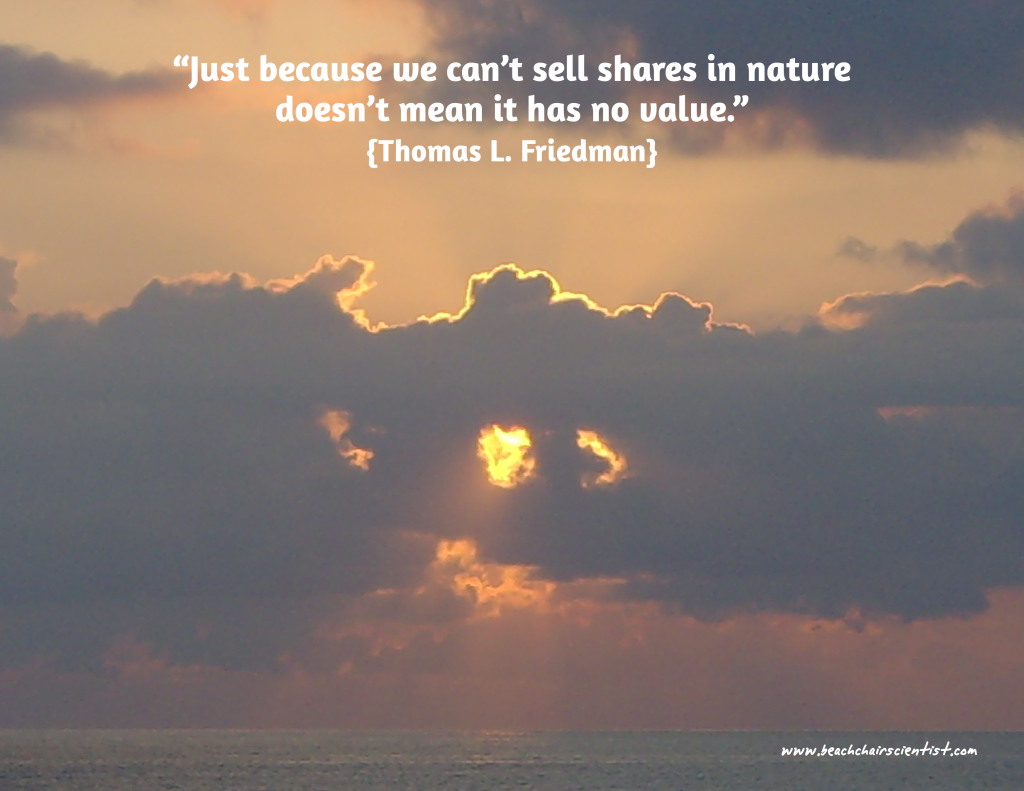

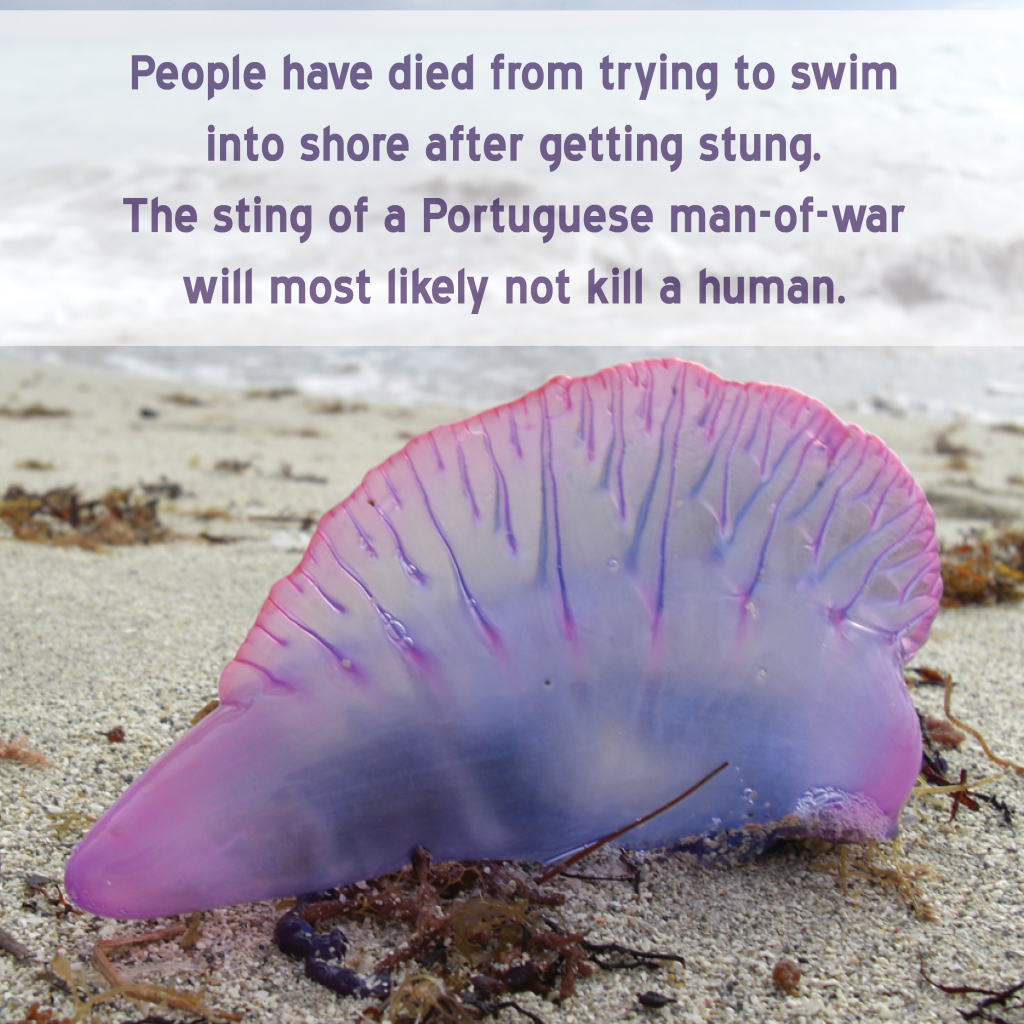







What people are saying …